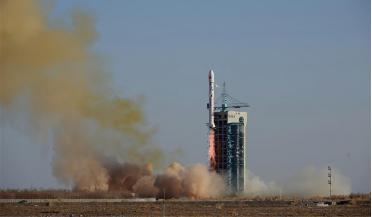 October 2023
Remote sensing by satellite - People’s Republic of China
October 2023
Remote sensing by satellite - People’s Republic of China
... use Global Navigation Satellite System Radio Occultation to collect atmospheric data for weather forecasting and for ionosphere, climate and gravity research. A first cluster of six identical Yunhai 2 satellites was launched in December 2018...
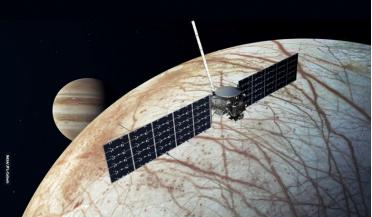 November 2025
Unlocking the secrets of Europa
November 2025
Unlocking the secrets of Europa
... thickness. PIMS (Plasma Instrument for Magnetic Sounding): PIMS Faraday cups will distinguish distortions from Europa’s ionosphere and plasma trapped in Jupiter’s magnetic field from Europa’s induced magnetic field, which carries information about...
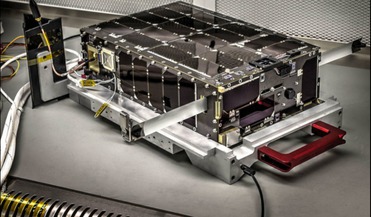 10 August 2016
Dellingr CubeSat Begins Environmental Testing
10 August 2016
Dellingr CubeSat Begins Environmental Testing
...magnetic fields that it will encounter during launch and in space. The Dellingr CubeSat will study the ionosphere - the outer region of Earth’s atmosphere populated by charged particles, ionized by incoming solar radiation and magnetospheric particle...
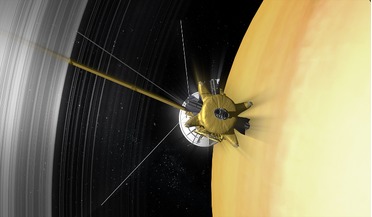 03 January 2017
What did 2016 do for us?
03 January 2017
What did 2016 do for us?
... will collect valuable information far beyond the mission’s original plan, including sampling the atmosphere and ionosphere, measuring Saturn’s gravitational and magnetic fields, determining ring mass, and making the last views of Enceladus...
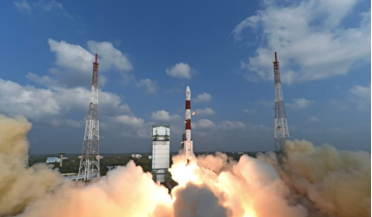 21 August 2017
First Slovak satellite launched into space
21 August 2017
First Slovak satellite launched into space
... signals in space. These frequencies range from 3 to 30 kHz, and are usually blocked on the Earth’s surface by the ionosphere. The launch makes Slovakia the 78th country in the world to send its own satellite into space...
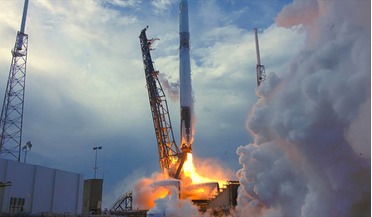 04 April 2018
A storm hunter and space junk collector on its way to the ISS
04 April 2018
A storm hunter and space junk collector on its way to the ISS
... from cloud tops. ELVES on the other hand are concentric rings of emissions caused by an electromagnetic pulse in the ionosphere. These bursts of high-energy radiation are examples of a little-understood part of our atmosphere and their existence...